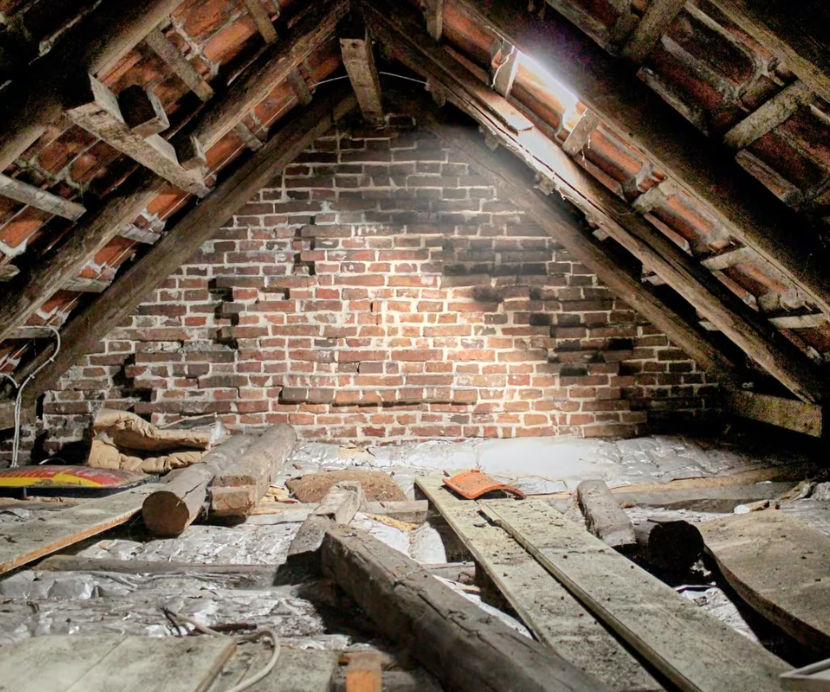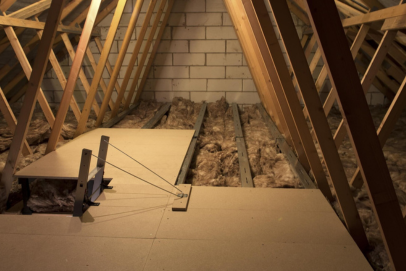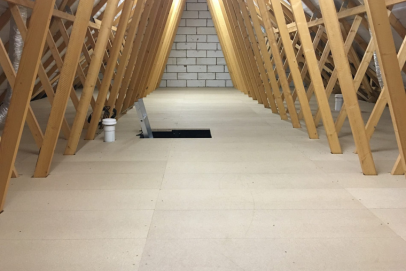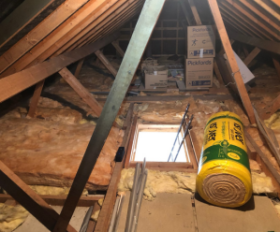
Cavity wall insulation is a crucial step towards enhancing the energy efficiency of your home. If you live in the UK, where fluctuating weather conditions demand a reliable and consistent indoor climate, this solution can dramatically improve your property’s thermal performance, lower energy bills, and reduce your carbon footprint.
What is Cavity Wall Insulation?
Cavity wall insulation involves filling the gap between the inner and outer walls of your property with an insulating material. These cavities are common in UK homes built after the 1920s, as they were designed to reduce heat loss. However, without proper insulation, these gaps can become significant sources of heat escape.


Main Services
How Does Cavity Wall Insulation Work?
The insulating material traps air within its structure, reducing heat transfer through the walls. This process helps retain warmth during colder months and keeps your home cooler during the summer. By reducing the amount of energy required to heat or cool your home, cavity wall insulation contributes to both cost savings and environmental sustainability.
Benefits of Cavity Wall Insulation
Energy Efficiency
Cost Savings
Reduced Carbon Footprint
Enhanced Comfort
Increased Property Value
Is Your Home Suitable for Cavity Wall Insulation?
Wall Construction
Cavity Width
Accessibility
Damp Issues
The Installation Process
Assessment
Preparation
Injection
Sealing
FAQ
If you have high energy bills, cold walls, or noticeable draughts, it may be time to consider cavity wall insulation.
Properly installed insulation should not cause dampness. However, existing damp problems should be resolved before installation.
The process typically takes between 2 to 4 hours, depending on the size of the property.
Yes, when installed by a certified professional, it is a safe and effective way to improve energy efficiency.
DIY installation is not recommended as it requires specialised equipment and expertise.


